Special Forces of South Korea - on the way to the ideal
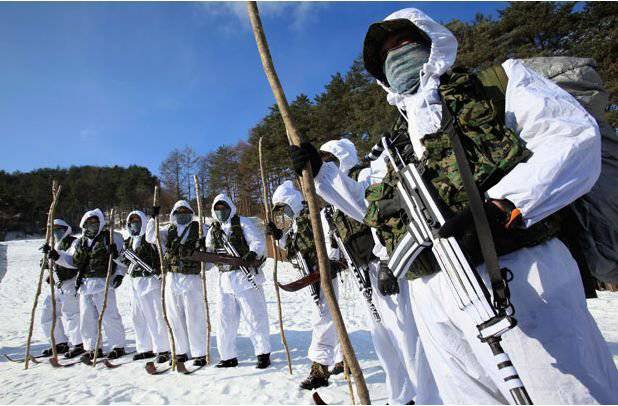
Over the past decades, special operations units have been established in Seoul, which are rightfully considered to be among the strongest in the world, and which have been tested in exercises and secret combat operations. Special Forces of the South Korean Republic are not only preparing for combat operations with their northern neighbor, but regularly carry out secret reconnaissance on the North Korean coast, carry out sabotage and pre-empt attacks on potential adversaries.
Since 1968, more than twenty infiltrations of submarines attempting to carry out reconnaissance and saboteurs attempting to sabotage the territory of the country have been identified in the South Korean waters. After the Sang-O submarine stranded near Kangnung in September 1966, the special forces fighters conducted an operation to capture saboteurs. Twenty-six North Korean fighters tried to escape. More than 10 thousands of South Korean military took part in their blocking, searching and pursuing. A week later, the operation was completed. Found by helicopters, the saboteurs preferred to take their own lives on their own, thus saving themselves from difficult interrogations. Those who survived, said that the subject of their attention were coastal military airfields, radar stations, as well as objects of civil defense.
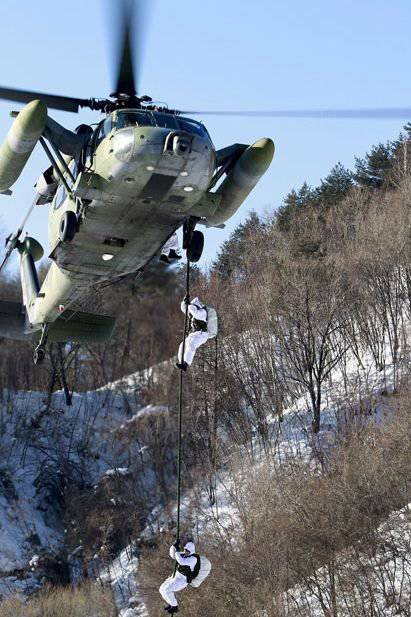
But not only Pyongyang has active and combat-ready special forces.
The first South Korean special forces unit was created during the war years. This unit was an absolutely secret parachute unit of an irregular type, the main task of which was to conduct sabotage and raids in the enemy's rear, as well as to collect intelligence information.
From 1958, this unit became part of the first parachute regiment. A little later in the 1972 year, with the assistance of the United States of America engaged in training personnel of the South Korean army, the first permanent special forces were formed. These were the first and fifth parachute brigades and three ranger battalions. Part of these compounds, together with the Americans, took part in the Vietnam War. From the middle of the 70s, these first units were transformed into special purpose brigades. Over time, due to disagreements between the Korean states, the number of troops in the designation was significantly increased.
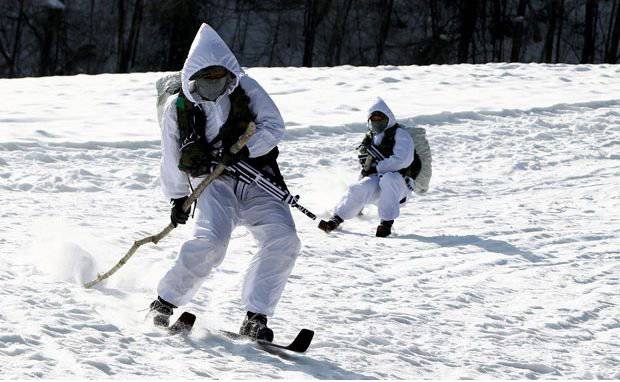
Today in the structure of the ground special forces of South Korea is the headquarters of the command of a special war and a brigade with the exact purpose. There are also several strategic divisions responsible for assisting regular formations, as well as organizing guerrilla warfare in the event of enemy seizure of territory.
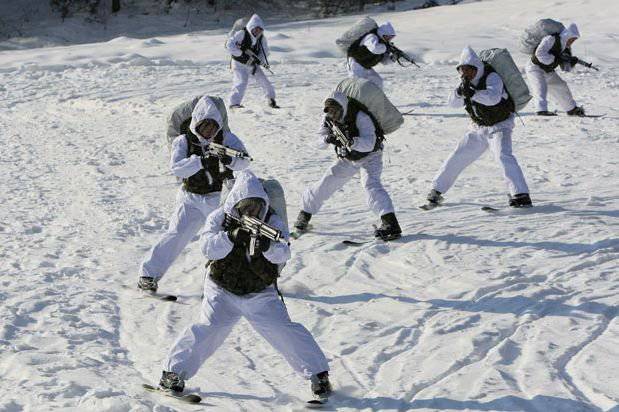
The brigades include not only draftees, but also volunteers. Regular interaction with the US military, as well as joint military exercises and training are held. Each unit provides for the presence of an American special forces instructor. The training program is very tough. For example, in a special war school located near Seoul, personnel are trained under the airborne training program (parachute jumps), as well as light waterborne training. Ranger program is carried out in this, and in the infantry school. Each special unit has a reconnaissance battalion, whose fighters also undergo mandatory training in airborne assault programs and rangers.
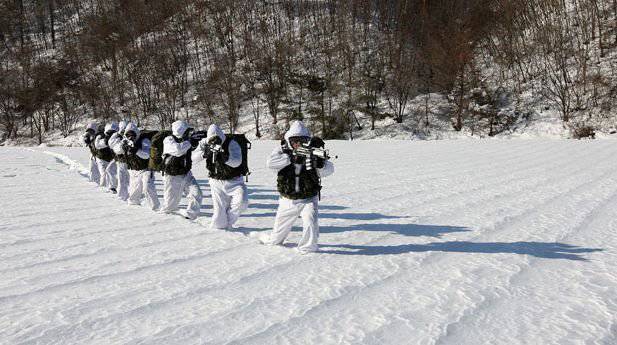
For years, the main force of the special marine units was the Marine Corps, which was one of the biggest after the Marines of America. The US military has put in a tremendous amount of time and effort to create, train, and equip their trusted ally in the region. The first naval connections were formed in the 1949 year and were very small in number. During the war years, the first regiment was formed on their base, later reorganized into the Blue Dragons Brigade. It was this unit that took part in the Vietnam War.
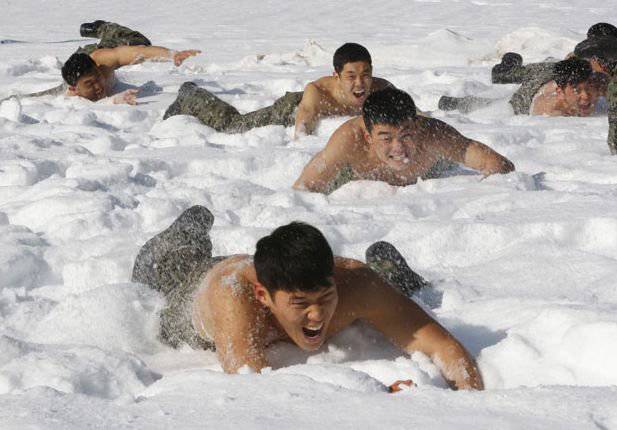
Today, about 25 thousand people serve in the South Korean marine corps, and there are three divisions in its structure. All of them have established themselves as units with a high level of training, as well as weapons. Each of them is able in the shortest possible time to land on a given territory and deliver a crushing blow to the enemy.
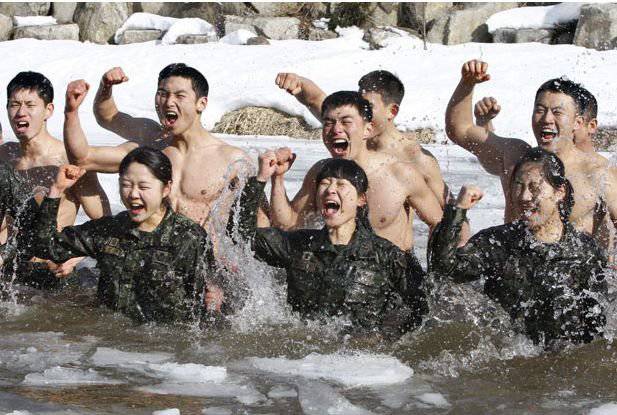
Training in combat training is conducted in such a rigid form that information about deaths has repeatedly appeared in the press. As part of the infantry and there is a reconnaissance battalion with light water training and capable of striking even deep in the rear of the enemy.
All special forces, both land and sea, are armed with Daewoo K2 5.56 mm automatic rifles and 9 mm MP5 submachine guns. All compound operators have Beretta 92 S and 9mm Daewoo DP51 pistols. The snipers are armed with 7.62-mm Heckler & Koch PSG-1 and Remington M24 rifles.
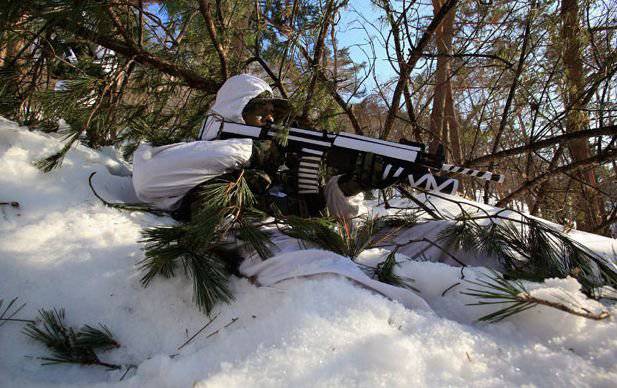
In addition, in the structure of South Korean special units, anti-terror special forces are also singled out - the battalions "707" and "868". These are the main counter-terrorism compounds. They were formed after the terrorist attack in Munich in 1972. It is noteworthy that in the composition of the units there is a large number of women. This is a subtle psychological course - the enemy does not rate a woman as a real source of danger, therefore, they allow them to come as close as possible. In addition to anti-terrorist goals, these units are also used to carry out certain actions on the North Korean territory: intelligence gathering and sabotage prevention.
The selection in these units is very tough. As a rule, they take all volunteers from the military who have managed to pass a ten-day combined test, which includes physical, special and psychological tasks. The training program includes airborne training, hand-to-hand combat techniques, mountain training, as well as mine-blasting. Practiced carrying out multikilometer full-mast marches and swimming in ice water. Training of land and naval units is carried out jointly with the US military.
Information